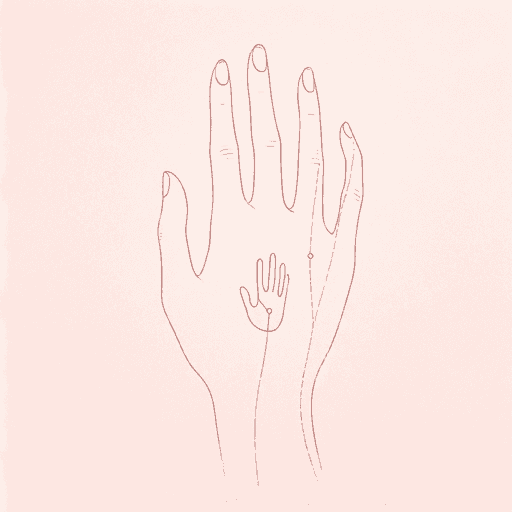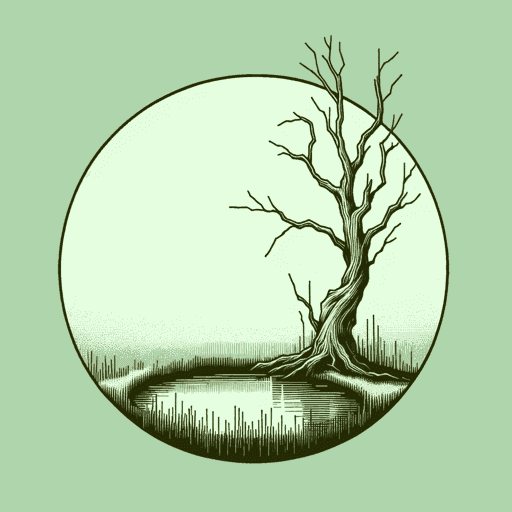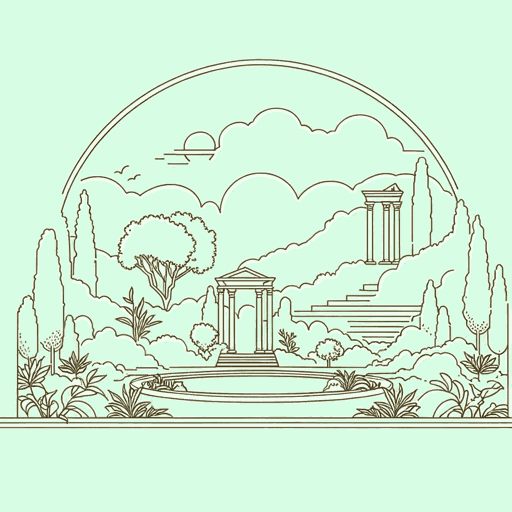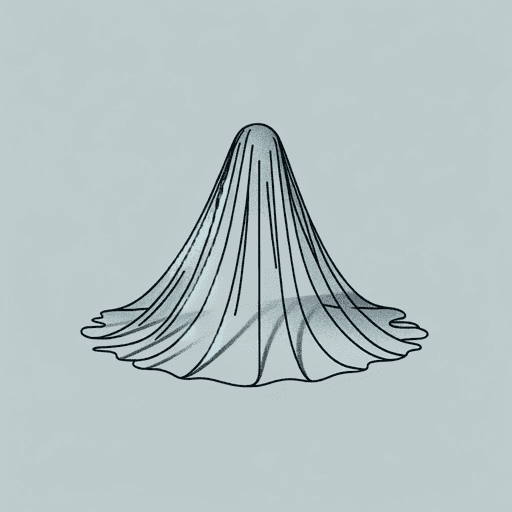27 pages • 54 minutes read
The Maypole Of Merry Mount
A modern alternative to SparkNotes and CliffsNotes, SuperSummary offers high-quality Study Guides with detailed chapter summaries and analysis of major themes, characters, and more.
Literary Devices
Personification
Throughout “The Maypole of Merry Mount,” Hawthorne uses personification to attach human qualities to inhuman objects. In typical Romantic fashion, Hawthorne most clearly personifies the natural elements of the environments in order to glorify Nature. At the beginning of the short story, Hawthorne speaks about the “mirthful spirit” (Paragraph 2) of May in which the “blossoms of the wilderness laughed gladly forth amid the verdure” (Paragraph 3). Hawthorne equates Nature with happiness and mirth through the use of personification. While he uses these terms to describe the Merry Mounters themselves, he notes that their happiness is “counterfeit” (Paragraph 4). This false sense of happiness is then contrasted with the real happiness of Nature. Hawthorne seems to suggest that real happiness stems from Nature, whereas any happiness Man might attempt represents a bastardization of this happiness.
In keeping with the Romanticism of the period, Hawthorne argues that Man inherently corrupts Nature, which represents the purest form of joy. As a result of this corruption, Man can never achieve true happiness because Man is inherently flawed, unlike Nature, which is divine. By personifying the natural aspects of the environment, Hawthorne creates a 


Related Titles
By Nathaniel Hawthorne















